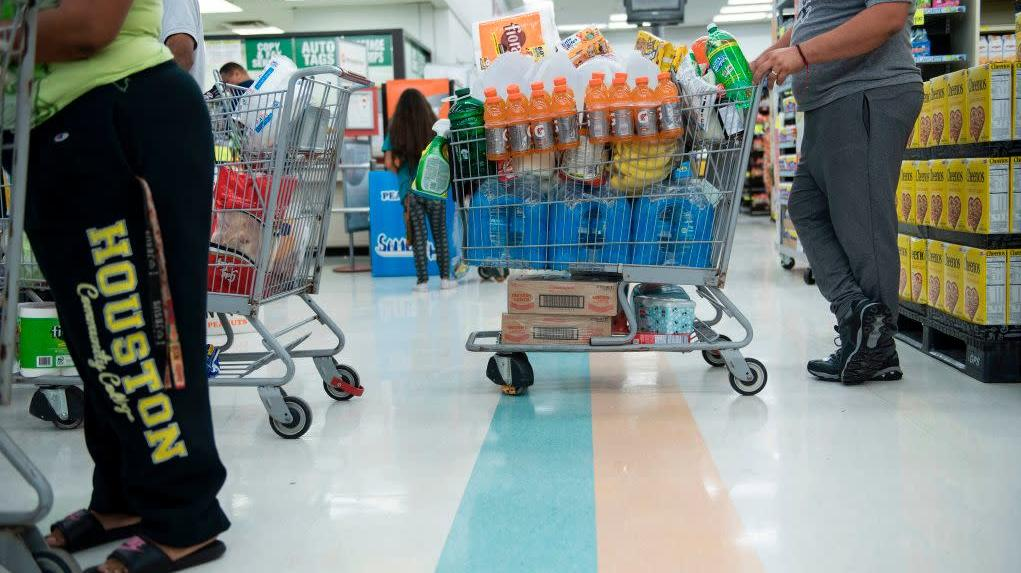Last Call: How Do You Stock Up For A Hurricane?
Hurricane Laura is bearing down on Houston, and yesterday the Houston Chronicle published a very sensible list of food items Houstonians should stock up on. This list included bread, crackers, trail mix, granola bars, precooked beans and grains, all kinds of canned food, and beef jerky and Spam for protein. Plus one gallon of water per person per day.
The grocery chain H-E-B had its own suggestion, repeated on local TV news.
In Texas, brisket is considered part of hurricane preparedness supplies. pic.twitter.com/sV1TLG8ywZ
— BBQ Bryan (@BBQBryan) August 22, 2020
Well, who are we to say that Texans should be required to live without their beef?
What else do you absolutely need in an emergency?
